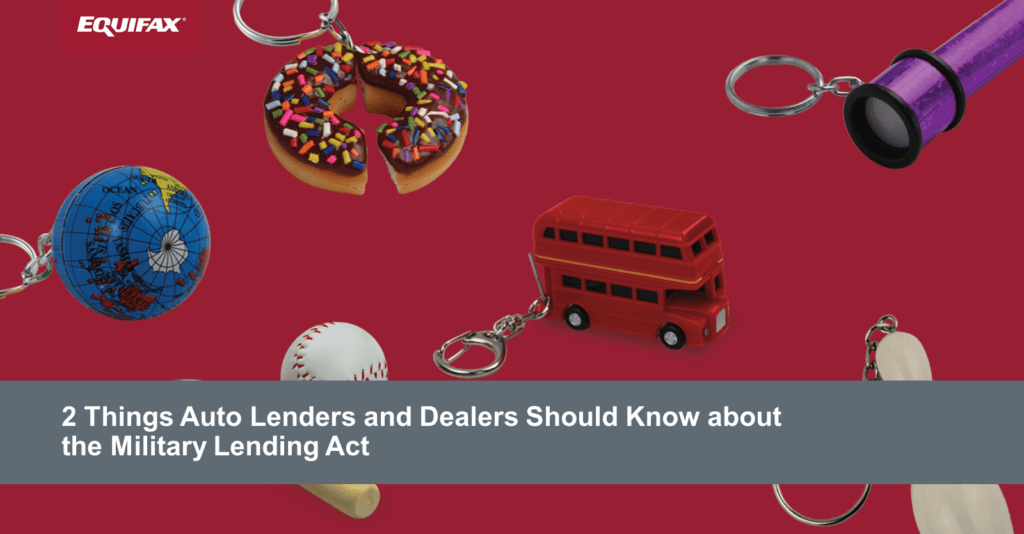Military Lending Act: 2 Things Auto Dealers & Lenders Should Know
Auto Dealers and Lenders Still Unclear on MLA
We all respect and value our service members, and what they do to protect our freedoms every day. I believe we all also want to ensure this group of heroes is protected in the vehicle purchase process. The Military Lending Act (MLA) helps ensure our nation's heroes receive loans that meet their needs on terms that protect them. However, I’m learning that a lot of dealers and lenders are still figuring out what they need to know about MLA, and whether it will continue to apply to auto loans. The MLA:
- restricts certain contractual provisions
- limits the terms to a maximum of 36 percent Military Annual Percentage Rate
- and requires certain disclosures.
Here's a quick recap. In December, 2017, the Department of Defense published in the Federal Register an amendment to its MLA interpretive guidance. It clarified exemptions of purchase money secured loans and is different from what most dealers and lenders initially thought. This is not a change to the MLA, but clarification on what qualifies as an exempt transaction. It also suddenly called into question auto loans that included Gap coverage. To bring even more clarity to the conversation as I did recently with CBT Automotive Network, I’m outlining below the top things dealers and lenders should know about MLA*.
1. Ensure the Military Annual Percentage Rate (MAPR) does not exceed 36 percent – what’s covered and what isn’t.
- The entire crux of the MLA discussion hinges on
service members paying more than a 36 percent MAPR. Dealers and
lenders must know which of the fees or ancillary product costs
financed need to be included with the finance charges in the
MAPR calculation. It is different than the Truth in Lending Act
(TILA) APR calculation. As stated by the Department of Defense,
loans that include financing related to the vehicle being
purchased are generally exempt. Examples that may fall within
the exception of consumer credit:
- Purchase price of vehicle including options like leather seats and extended warranty
- Purchase price of vehicle including negative equity of trade loans that include financing a credit related product or service and not a product or service expressly related to the vehicle, or cash out / cash advance transactions, are not exempt under the MLA. Examples that do not fall within the exception of consumer credit may include:
- Guaranteed Auto Protection (GAP) Insurance
- Credit Life and Disability Insurance
- Hybrid purchase money with cash advance, transaction not expressly intended to finance vehicle.
- For those still offering gap, the cost of those premiums are included in the MAPR. As such, dealers and lenders will have to conduct calculations to ensure the total cost of the credit does not exceed the 36 percent MAPR. There are also contractual limitations that must be considered when lending to a covered borrower in addition to the MAPR restriction.
2. Know a borrower’s MLA status upfront.
- It’s important to note that MLA covers active duty military members and their covered dependents. To be protected under safe harbor, lenders are required to verify a consumer’s MLA covered borrower status prior to the point of origination. The consumer’s status can be verified using the Department of Defense database, a nationwide consumer reporting agency or a reseller of reports. The status check must be retained to evidence compliance.
For more information, please visit our MLA web page. *The information contained in this document does not constitute legal advice from Equifax. All organizations should consult their legal counsel for interpretation of the rules, determination of impact to their business, and suitability of individual compliance solutions.
Recommended for you


